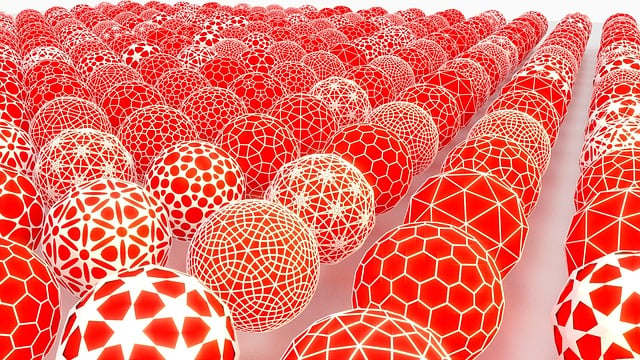Muscle soreness after intense exercise is caused by microtears in muscle fibers and subsequent inflammation. Kratom, a natural herb with anti-inflammatory properties, can help manage post-workout discomfort, including 'kratom headaches'. Personalized workout plans tailored to individual needs are key for effective recovery, reducing reliance on external aids like kratom.
Muscle soreness after intense workouts can be a barrier to continued progress and overall fitness. Understanding the causes of this delayed onset muscle stiffness (DOMS) is key to effective recovery. This article explores natural remedies, focusing on kratom, known for its analgesic properties, as an alternative to manage post-workout discomfort. We also delve into crafting personalized workout routines optimized for recovery, offering a holistic approach to alleviating muscle soreness and preventing headaches the next day.
- Understanding Muscle Soreness and Its Causes
- The Role of Kratom in Relieving Post-Workout Discomfort
- Crafting a Personalized Workout Routine for Effective Recovery
Understanding Muscle Soreness and Its Causes

Muscle soreness is a common occurrence after intense or unfamiliar physical activity, and it can range from mild discomfort to severe pain that persists for days. Understanding the causes behind this sensation is crucial in effectively managing and alleviating it. When you engage in exercise, particularly high-intensity or resistance training, tiny tears form in your muscle fibers. This microtrauma is a normal part of adaptation and growth, but it leads to inflammation and subsequent muscle soreness. The body’s natural response involves releasing chemicals that signal pain receptors, resulting in the characteristic sensation we recognize as muscle ache.
One less-discussed aspect of muscle soreness, especially when considering long-term relief strategies, is the role of certain substances like kratom. Some individuals report experiencing a ‘kratom headache’ or body aches the day after consumption, indicating that these compounds can also contribute to post-workout discomfort. However, this effect varies among users, and many find kratom helpful for pain management due to its unique pharmacological properties. Exploring natural remedies and tailoring workout plans accordingly can significantly impact recovery and overall well-being, ensuring that soreness is managed effectively without relying solely on external aids.
The Role of Kratom in Relieving Post-Workout Discomfort

Kratom, a natural herb known for its diverse medicinal properties, has gained attention as an effective remedy for post-workout discomfort, particularly targeting muscle soreness and associated headaches that often persist the next day. Many athletes and fitness enthusiasts incorporate kratom into their recovery routines due to its unique ability to interact with opioid receptors in the body, offering pain-relieving effects without the addictive potential of prescription medications.
The active compounds in kratom, such as mitragynine and 7-hydroxymitragynine, have anti-inflammatory properties that can reduce muscle inflammation post-exercise. By mitigating inflammation, kratom helps alleviate the intense soreness and headaches often experienced after strenuous workouts. Moreover, its mild sedative effects can contribute to better sleep quality, allowing the body to recover more efficiently. Thus, for those seeking natural solutions for next-day recovery, kratom presents a promising alternative to explore alongside traditional workout routines.
Crafting a Personalized Workout Routine for Effective Recovery

Crafting a personalized workout routine tailored to your specific needs is an effective strategy for managing and alleviating muscle soreness, including any lingering kratom-induced headaches. Each individual’s body responds uniquely to exercise, so a one-size-fits-all approach may not provide optimal recovery. By understanding your body’s cues and incorporating targeted exercises, you can design a regimen that supports muscle repair and reduces post-workout discomfort.
When creating a personalized plan, consider factors such as the type and intensity of previous exercise, any existing medical conditions, and your overall fitness level. For instance, if you’ve experienced a kratom headache the day after an intense workout, modifying the routine to include lighter activities like stretching or swimming might help alleviate future headaches. This approach ensures that you’re still active while allowing your body to recover at its own pace.
In conclusion, addressing muscle soreness effectively involves understanding its causes and tailoring your post-workout routine accordingly. While kratom has shown promise in alleviating headaches and discomfort experienced the next day, crafting a personalized workout plan remains paramount for optimal recovery. By combining knowledge of your body with tailored exercises and potentially incorporating natural remedies like kratom, you can significantly enhance your overall well-being post-exercise.














